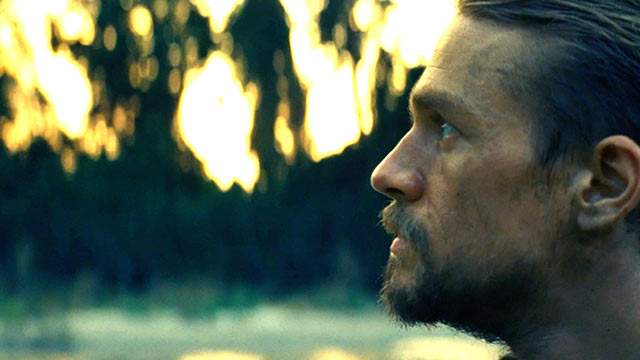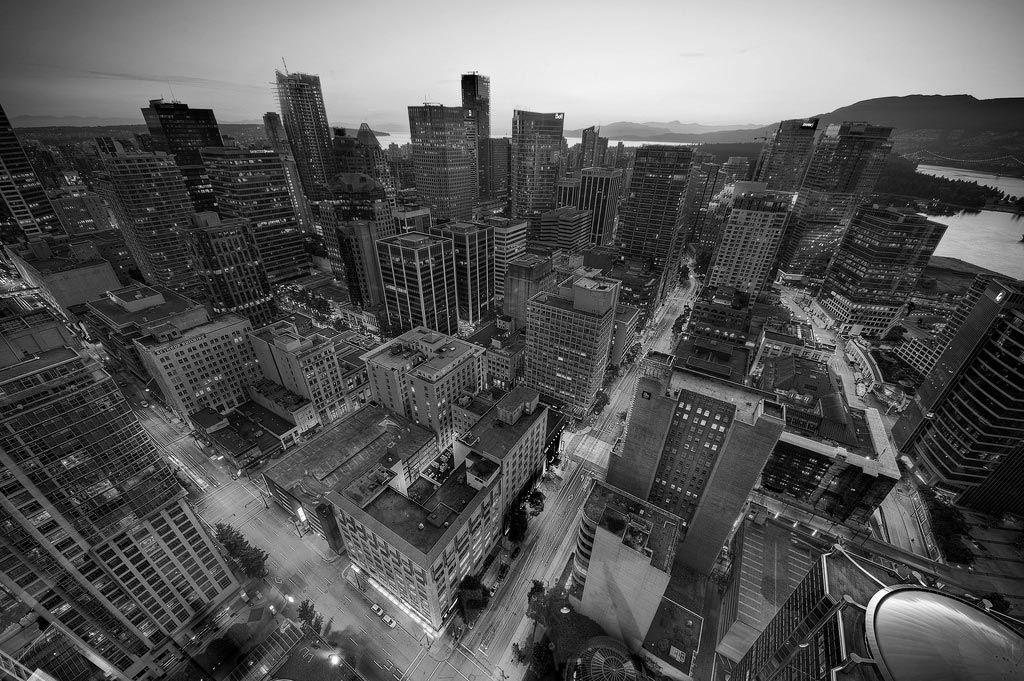Have you ever rented two movies and the first one you watched was such a disappointment that you wished you were watching the other movie? But, when you got to that second movie, it too was such a disappointment that you found yourself thinking about the first movie?
Wait a second…let’s start again.
In the musical Xanadu, there’s a 7-minute centerpiece called Dancin‘ where a World War II-era Andrews Sisters-style swing song merged with a glam-punk/new-wave song and blended into a cohesive whole. A decade later, the Pet Shop Boys continued the genre experiment with Where the Streets Have No Names (Can’t Take My Eyes Off Of You). In that same decade, the Judgement Night and Spawn soundtracks mixed metal with rap and electronica, respectively, to create some new form of sound.
The mash-up is a sub-genre of the medley where two seemingly disparate flavors are mashed together so that they comment on each other and on pop music’s sameness. For instance, Lady Gaga’s Telephone and Metallica’s Enter Sandman have no right to be anywhere near each other, separated by decades, genre tempo and audience. Yet, DJs From Mars’ Enter Telephone became one of the more iconic tracks of mashup culture. Unfortunately, there are trainwrecks, as with DJ BC’s attempt to mashup Harry Belafonte, Ace of Base, Bebel Gilberto, The Beach Boys, and Jurassic 5 with Summer in the City. It’s a tremendous attempt and worth listening to for pure insanity, but it’s an attempt I respect far more than I actually like it.
In this way, I respect The Lost City of Z‘s attempt to mash together the jungle cannibal adventure, the British historical biopic, and the WWI war movies more than I like it. In a way, this experience is like watching Sunset Song while thinking about The Green Inferno after having watched Indiana Jones and the Kingdom of the Crystal Skull. The flavors don’t seem like they’re all that compatible, but the end flavor is…well, it’s still not all that compatible, especially in a post-Embrace of the Serpent cinematic landscape.
The Lost City of Z is based on a factional book by David Grann that was inspired by the true story of Lieutenant-Colonel Percy Fawcett, a British explorer who repeatedly ventured deep into the heart of the Brazilian jungles. Grann interspersed legends about Percy Fawcett with his own travels into the jungle in order to try to parcel out facts and myths. According to some explorers, Grann didn’t do very well.
Whatever truths may lie within David Grann’s novel The Lost City of Z, this is Hollywood and it ALL becomes fiction. James Gray’s adaptation of The Lost City of Z eliminates Grann’s navel-gazing personal retread of Fawcett’s previous journeys, and focuses on the adventurer himself. Percy Fawcett (Charlie Hunnam) is a bored working-class reserve officer in the British Army who, in 1905, gets hooked into the Royal Geographical Society for a cartographic expedition through the jungles of Brazil. Seeing this as a way to climb the social ranks after he has been soiled by the reputation of his drunken father, he bravely endures the hardships of the jungle even though his wife is pregnant with their first-born son. Although this first exploration is rather uneventful, his interest is piqued when a native regales him with the legend of a lost city deep in the jungle while pointing out an abandoned pestle and mortar set.
This one hint of something bigger is enough to fuel a lifetime of return expeditions. At home, to get funding for his explorations, he has to convince the RGS that the Brazilian natives are actually civilized people who create sophisticated tools to do their work. Though Gray uses propagandic distortion to convey the message that white people could be just as racist and savage and othering as the Brazilian indians, this is still a movie about colonial exploration by white people that has one guy shouting “Pots And Pans!!” to refute evidence of intelligence and tool-making abilities. This is still, at its heart, a movie where a civilized white guy is the sympathetic protagonist while he explores areas with rabid piranha and hostile cannibals who shoot arrows at passing boats.
To emphasize how civilized Fawcett is, James Gray embraces the lush romantic cinematic visuals that hallmark British period pieces. For large sections of the movie, Fawcett is stuck in Britain with a wife and children fighting the RGS for his attention. The RGS wants to fund every exploration, his wife and children want him to spend more time at home, and then WWI breaks out and suddenly there’s a wartime interlude. The cinematography here resembles the nauseatingly gorgeous compositions of Terence Davies’ Sunset Song, but in a New York kind of way. The way Fawcett’s wife is mildly feminist, the way their son rebels, how the RGS tries to placate all sides during an argument, how Percy and his longtime traveling companion interact – it all feels like a fantasy concocted by a pair of New Yorkers imagining how British people interact. It’s a horror show of culture insensitivity where James Gray finds himself stumbling in the white people sections as much as he does in the parts with the tribespeople.
The complete disintegration of this movie’s core makes one wonder why James Gray even wanted to attempt this story. One remembers The Yards and The Immigrant, and suddenly it clicks. Percy Fawcett was a soldier who was barred from a fancy ball, a working class schlub who was once a spy for a year. The only reason Fawcett goes out exploring is to elevate his status in the social ranks of British society. James Gray is so busy fellating the idea of class climbing that he never interrogates what that means for either the characters or for society as a whole. At least in The Yards and The Immigrant, he had an idea of the emotional and personal costs of this status elevation. In his first foray out of New York, Gray loses not only himself, but also the deep sense of culture that defined his New York outings.
2015’s Oscar-nominated Embrace of the Serpent really changed the game on the “serious” South American tribes movie. It had some of the same themes as The Lost City of Z, specifically how the presence of a white man irrevocably changes a culture over the course of 30 years, but shows these themes through the eyes of a native shaman, Karamakate. By putting Karamakate front and center, Embrace is less about the white man and his personal or professional pursuits and more about how the world changes due to his invasion. 2 years later, The Lost City of Z is a retrograde piece of hero worship about a white explorer who, to be honest, doesn’t accomplish all that much even in the course of the movie.
This is a terrible movie. It has so many pieces, and they’re all failing in such boring and expected ways. The Lost City of Z embraces its “classic” adventure movie atmosphere, and all of the shortcomings that entails. It seeks to make cinema great again by waxing nostalgic at the genres we came from rather than stealing these styles for the present world or for the future where we want to go. Even though it runs a boring 140 minutes, The Lost City of Z is such a potentially interesting experiment that some may enjoy themselves in the moment – after all, Summer in the City ended up on Bootie’s 4-year anniversary mix CD – but it doesn’t stand up to a modicum of inspection.


